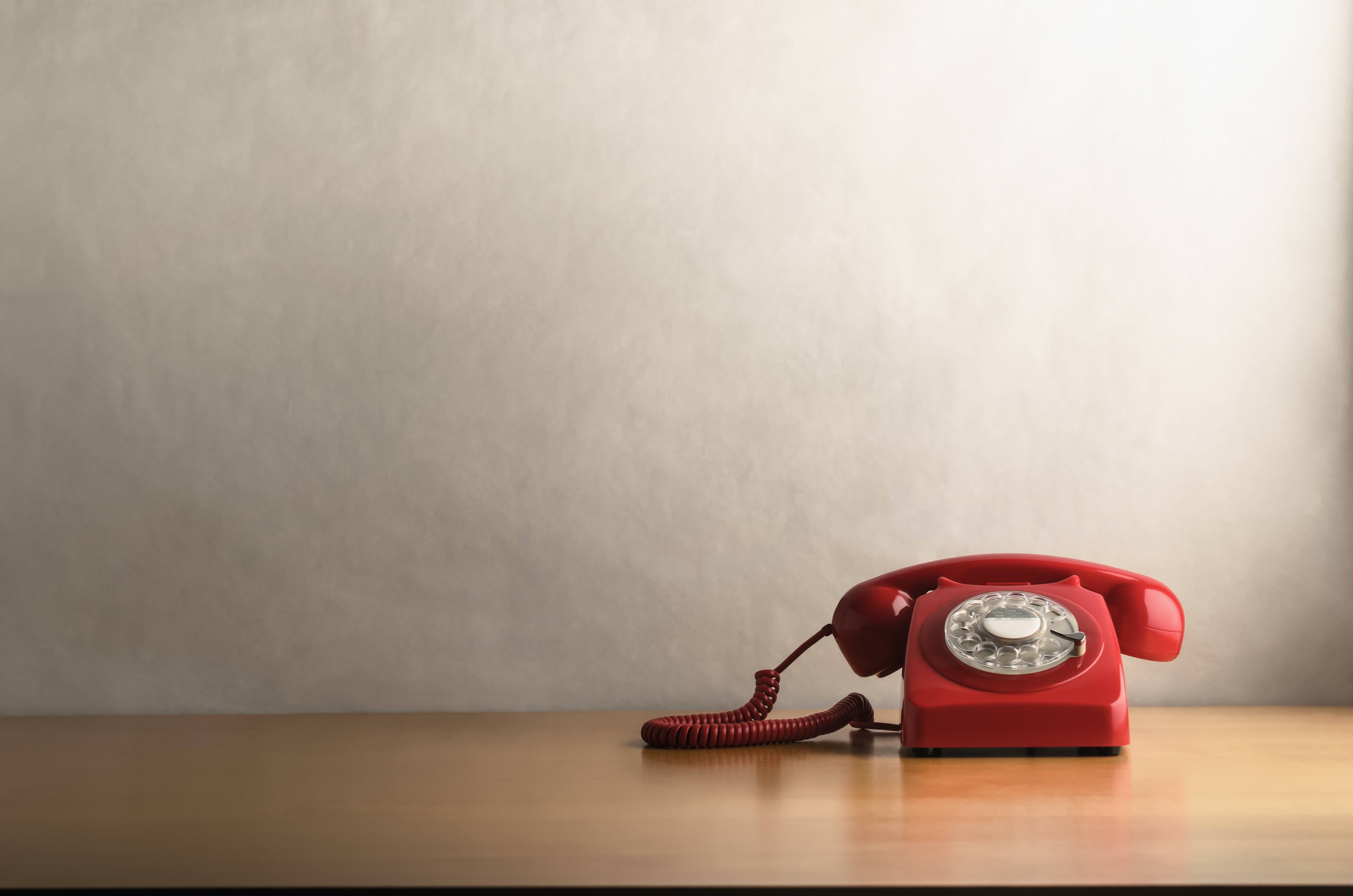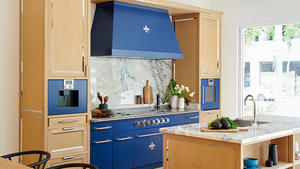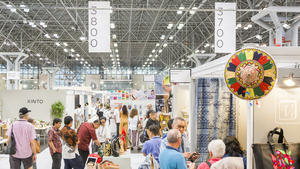Francis Toumbakaris was wrestling with a dilemma unique to the era of COVID-19: Would it be gauche to call his client, a doctor at Columbia University, to ask about an entryway mirror? Like a lot of New Yorkers, the Manhattan-based designer has seen most of his projects slow to a crawl in the face of social distancing measures. He’s stayed in touch with clients over the past few weeks via Zoom calls but was grappling with how to keep design projects moving while a pandemic raged.
“For someone on the front lines, the world is burning, and this is the most miniscule thing,” he says. “Taking care of a mirror above an entryway console—I feel bad asking!”
Not all designers are under the same lockdown measures, and not all have clients on the medical front lines, but across the country, designers are dealing with coronavirus-fueled uncertainty. Shipments are getting delayed, workrooms are shutting down, and projects are being put on pause. We reached out to experienced designers and business coaches to get some tips on how to talk to clients in an upside-down world.
Create structure
Some clients are looking to pull the plug right now—but it’s not because they don’t want to do the project, it’s because they’re grappling with uncertainty about what comes next. Even if designers are feeling the same doubt, that doesn’t mean they have to give in to chaos. “I’ve been coaching people to talk about milestones, to try and move from shutting the project down to saying, ‘Let’s sit with it at the end of the month,’” says Holly Howard, a consultant who works with creative professionals like textile designer Rebecca Atwood and architect David Obuchowski. “Don’t say: I have no idea [about the timeline of the project]. Instead, say, ‘Let’s check in again in two weeks and see where things are.’ But you can’t go radio silent until there’s an answer, you have to stay in touch.”
Be honest and human
Creating structure doesn’t mean pretending to have a crystal ball. COVID-19 has created so much uncertainty on a global scale—and with so many variables pinballing off of each other—that it’s impossible to know exactly what will happen. Pretending to have more control than you do will only create false expectations. “I’ve been totally open. Last night, I sent out a pretty big proposal, and I said to the clients, ‘A lot of what we’re having done is made in Italy, and once they open, it’s six weeks,” says Jeanne Chung of Pasadena, California–based firm Cozy Stylish Chic. “There hasn’t been anybody who says, ‘I need this now.’”
Indeed, the fact that the problem is everywhere has a silver lining: universal empathy. No one is going to question delays at the moment, and a crisis tends to bring out everyone’s best side. Architect Thomas A. Kligerman has been doubling his efforts to stay in touch with clients over the past few weeks, and has discovered a healthy sense of perspective. “One client wants his house delivered by Memorial Day and the contractor has been scrambling,” say Kligerman. “It was very refreshing to hear him say, ‘Everyone’s health is most important—it’s just a stupid house,’ when we told him it might not be possible.”
Build relationships
The last couple of weeks have been a frenzy of escalating headlines and depressing news. Even if clients aren’t slamming on the brakes, they might not be in the mood to shop for cocktail tables. That’s OK. Right now, it’s just as important to connect on a human level. “The last couple of weeks have been really chaotic. We need to give it a little more time, and we need to maintain relationships above all else,” says Howard. “Don’t focus on sales, focus on relationships.”
Business coach Sean Low, founder of The Business of Being Creative and BOH’s resident Business Advice columnist, says that in this period, it’s important for designers to invest in the relationships they believe in. One of his clients is working with an ER doctor who wanted to put the entire project on hold. “That’s understandable—she has literally no bandwidth right now,” says Low. “But why not say, ‘I’m going to be working in the background, and things are getting done’—which is a business risk, but for the right client, a risk worth taking.”
The bad news? If you didn’t already have the groundwork of a solid relationship with your clients, it might be difficult to start now. “[Businesses] that are doing well right now came into it really prepared—the ones who sent handwritten notes [to their customers],” says Howard. “I’ve been getting so many emails from businesses that I’ve never heard from before. This time is showing a lot of entrepreneurs that … nobody was paying attention to that relationship when things were going well.”
Know when to let go
A harsh fact: No matter what designers do, some clients are going to cancel projects or radically pull back. “At a certain point, a drowning victim is a drowning victim and you have to let them go,” says Low. “You can’t have a dialogue with someone who feels like they’re drowning.” The uncertainties of the financial market are going to hit particularly hard for clients who hold a lot of wealth in stocks, and those who were treating their project like a splurge are going to be the first to hesitate. One of the consequences of this period is that designers who have stable, long-term relationships with prudent clients are going to do better than those who work with indulgent spenders. It’s too late to get an entirely new client base, but it’s an important reminder for the next time a challenging period rolls around.
Don’t give in to negative thinking
Given the seriousness of the moment, many designers are wondering whether now is the time to go over fabric options or discuss color schemes. But many others are finding that for their clients, the answer is a resounding yes. “Clients do want to talk about their project,” says Chung. “They’re holed up, they see everything that they hate about their homes, and they want to move forward with it. Believe it or not, we just signed up a new project yesterday.”
Low says now is a great time for designers to own their craft. “You have to own the responsibility that you’re there to create joy. You may have gone down on [your client’s] survival priority, but we still want interesting and fun things,” he says. “Even if it’s as simple as talking to a client about fabric samples for five minutes to distract them from working from home with a toddler. … Before all this, you felt responsible to your clients to live a better life. That didn’t change.”
And for all of Toumbakaris’s understandable hesitation, as it turned out, his client was happy to take a few minutes to talk about an entryway mirror. “She did enjoy a little bit of a break,” he says. “We had an hourlong meeting; she was on her bed, texting nurses while we talked.”
Homepage image: Shutterstock





























